Buying Guide: Fireproof Safe
Always protect your irreplaceable valuables against fire!
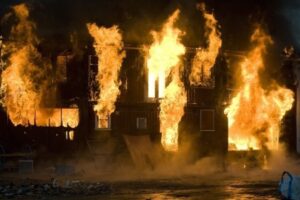
Vital and irreplaceable paper documents (tax returns, certificates, diplomas, customer information, personnel files, contracts, etc.) have high emotional value or are critical to any business operation and must be protected from fire.
Statistics indicate that companies need to take additional measures to protect their sensitive information.
What is a fire resistant safe?
A fire resistant safe (or safe) is designed to ensure that the temperature inside the safe does not rise above a certain temperature during a fire and to prevent damage to the contents. Depending on the items stored in the safe, the temperature should not exceed:
- 177 ° C for paper (documents, files, contracts, etc.)
- 52 ° C for data media (backup tapes, floppies, microfilms, hard disks DVDs, CDs, USB sticks, memory cards etc.)
For data media, the relative humidity must not exceed 85%. This requirement does not apply to paper, because paper is not destroyed if it gets wet.
The fire resistance of a safe is indicated in minutes or hours.
Fire resistant tests & standards
There are several tests that are performed on fire resistant safes to measure fire safety. For more information about fire resistant safes, tests and standards go to What is a fire resistant safe?
Fire resistant standards table
The following standards are applied internationally. If one of these tests is carried out by a VdS, SP, UL or JIS), a correct execution of the fire test is ensured. The test results are reliable. Independent experts recommend a fire-resistant safe certified to one of these standards and test institutes.
| Norm | Temperature duration test | Drop test | Paper | Data Media |
| EN 1047-1 | 1090 ° C | yes, 9.15m |
|
|
| EN 15659 | 850 ° C | No |
|
n / a |
| UL 72 | 1000 ° C | yes, 9m (optional) |
|
|
| JIS (S1037) | 927 ° C | yes, 4m |
|
n / a |
| NT Fire 017 | 1090 ° C | No |
|
|
Attention!The following standards are applied nationally or locally by, for example, manufacturer or supplier. Testing is also done as "in-house testing" for eg product development. Today, there are many products on the market with these labels and certification. They are real tests, but not independent and not checked. If you do not want to take any risks with the choice of a fire resistant safe for the safe storage of your personal belongings or business criticism documents and data media, always choose a fire resistant safe certified of one of the above standards! |
||||
| GB16810-1997 | 945 ° C | No |
|
n / a |
| ETL | 760 ° C | yes, 4.5m | n / a |
|
| MTS DIP 120-60DM | 945 ° C | No | n / a |
|
Note
- Data media are most vulnerable storage media, such as: backup tapes, floppy disks, photo negatives, (traditional) hard disks, USB sticks, CDs, DVDs, memory cards
- For a real fire resistant safe choose a safe certified according to EN 1047-1, EN 15659, UL72, JIS (S1037) or NT Fire 017.
- For the best fire resistant safe, choose a safe certified to EN 1047-1 or UL72.
- A fire-resistant construction according to DIN 4102 does not yet make a fire-safe. At most, it provides a fire delay of a few minutes. See our DIN 4102 article.
Which fireproof safe is most suitable for me?
In order to make the right choice, you need to know the following:
- How long should the safe provide protection against fire?
- How big should the safe be? What is the required storage capacity?
- Is an indication of value storage required for storing cash or other valuables?
- Which type of lock do you prefer?
- What is your budget?
- Miscellaneous
1. Duration of fire protection, how long is long enough?
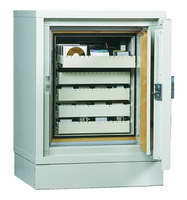
The higher the risk, the higher the necessary fire safety
In addition, the location of the safe also has a (major) influence on fire safety. In the basement, the temperature development during a fire is lower than on the top floor of a building. In the basement, there is also no risk of the safe falling down upon collapse. Furthermore, the intensity of a fire is determined by the presence of flammable materials. A monumental farm with a lot of wood and a thatched roof will develop a different kind of fire than a modern building of 'steel and concrete'.
The location can also be decisive; is the arrival time of the fire brigade short or longer? This will be different for urban area vs. country side.
Which fire resistant safe is most suitable for me?
It is important to consider what you want to protect against fire and what risk you run or want to run.
The higher the risk, the higher the necessary fire safety
| Category | To protect | Norm | Risk |
| Paper |
Documents Certificates Personnel files Diplomas |
EN 1047-1 UL 72 Class 350 JIS (S1037) NT Fire 017 EN 15659 GB16810-1997 |
high high medium-high medium-high medium low-medium |
| Data Media |
USB sticks CDs and DVDs Backup tapes Floppy disks Modern and magnetic information carriers |
EN 1047-1 UL 72 Class 125 NT Fire 017 ETL MTS DIP 120-60DM |
high high medium-high low-medium low-medium |
Tip
- Safes with the best fire protection are certified fire resistant safes according to European Standard EN 1047-1.
- If you want to store these very valuable, emotional or business criticisms fireproof, then choose an EN 1047-1 certified safe.
2. How big should the safe be? What is the required storage capacity?
The size of the fire-resistant safe must of course depend on what you want to store in it. If you wish to place files in the safe, you must take into account a height (file folder in portrait orientation) or width (file folder in landscape format) of 32 cm and a depth of 29 cm. A safe is a sustainable investment, so make sure you not only fit things in now, but provide extra space for later.

Tip
- The purchase of a safe is a sustainable investment; never buy a safe too small, but focused on the future.
- Note the free passage of a safe. Due to the door construction, the free passage can be smaller than the net internal width. As a result, a file, laptop, or other stuff just can't fit!
3. Is a value deposit also required?
A fire resistant document safe is primarily constructed to keep heat from a fire out of the safe and to ensure a low temperature. However, in a number of cases people want to protect against burglary at the same time. Burglary resistant safes are different in construction and filling materials, but a combination of burglary and fire resistant properties is quite possible.
However, a safe that combines fire safety and burglary protection requires a higher investment. For value storage, see also Selection Help 1. Total value - value storage of a safe .
Basically, you have to assume which burglar-resistant safe supplemented with fire-resistant properties or a fire-resistant safe with burglar-resistant properties.
Products can also be (cleverly) combined, such as placing a fire-resistant box in a fire-resistant safe.
If you need a burglar and fire resistant safe, you can contact us for tailor-made advice.
4. Safe lock type, which one is best?
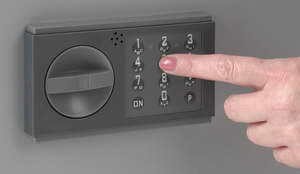 A wide variety of locks are available for safes. You can choose from key locks, mechanical combination locks, electronic code locks or biometric locks. There are also time locks and safes can be equipped with double locks so that 2 people are needed to open the safe. The various lock options have advantages and disadvantages.
A wide variety of locks are available for safes. You can choose from key locks, mechanical combination locks, electronic code locks or biometric locks. There are also time locks and safes can be equipped with double locks so that 2 people are needed to open the safe. The various lock options have advantages and disadvantages.
Read our extensive blog article which type of safe lock is best for you, or contact us for personal advice.
5. Budget, amount of your investment
In principle, there is a safe for every budget. In general; the higher the investment; the higher the protection against burglary or fire. Is burglary and fire safety combined in a safe? The required budget will increase, but at the same time you will be better protected.
Budget is an important factor in every situation. However, determine your choice for the right safe based on your requirements and wishes. If this is above your budget, consider a smaller model or switch to a key lock. You maintain a lower investment while maintaining safety.
6. Other important things when choosing a fire safe
Fireproof safes come in many different types and designs. This has to do with the type of items that can be stored in the safe and additional provisions that have been made in the safe.
- Home safe - for storing limited amount of paper documents. Pay attention! Not all private safes are fire resistant.
- Document safe - for storing paper documents, contracts, files, etc.
- Data safe - for storing backup tapes, USB sticks, CDs, DVDs, microfilms, etc.
- Fire resistant chemical cupboard - for storing chemicals, hazardous and highly flammable substances
- Fireproof filing cabinet - for filing files, documents, etc. Such cabinets are often filled with a fire-retardant material. In practice, these are called fire resistant, but often this is not so, or very limited!
Interior options
There are several options when it comes to the interior of your safe. It is possible to provide a safe with lockable compartments, so that there is only access to documents, not cash. Extendable suspension file frames, extra shelves, or special data inserts for extra fire safety of data media.

Placement and anchoring of fire resistant safes
Take into account the maximum permitted weight on the spot and the weight of the safe you have in mind. If you are not sure whether the floor is strong enough, please contact us.
A fire resistant safe can be installed in different ways. Safes can be placed freestanding, while they can also be attached to floors, walls, or inside a cupboard, under a bed, etc. There are also floor safes, specially designed to be mounted below ground level. All safes up to 1000 kg must be properly anchored. If you want to have a safe installed, go to Placing and Anchoring Safe.
Need personal advice?
Would you like personal advice or speak to one of our specialists? Please contact us for further explanation and advice.


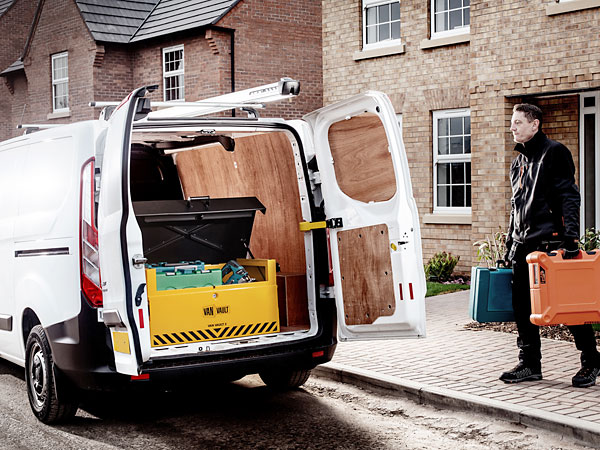
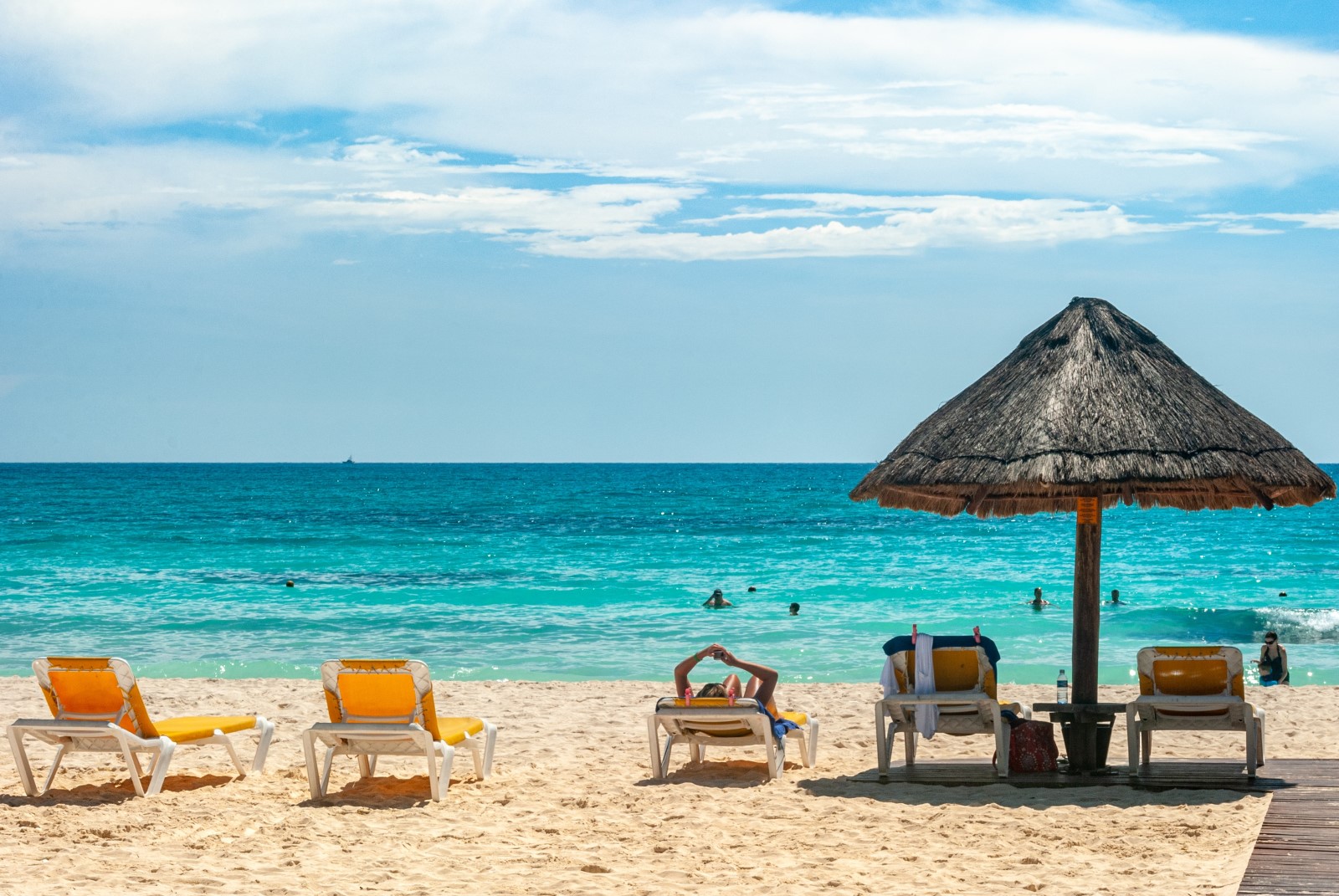
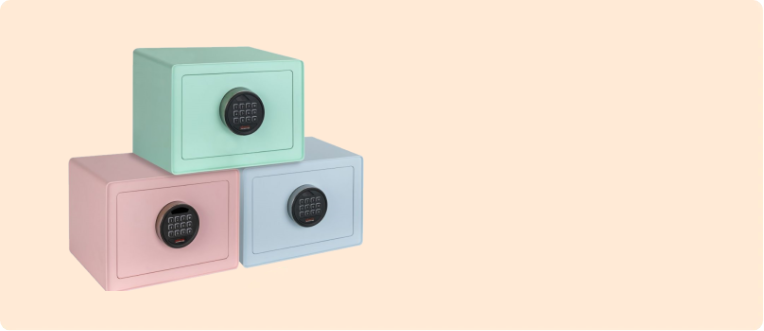
Add a comment